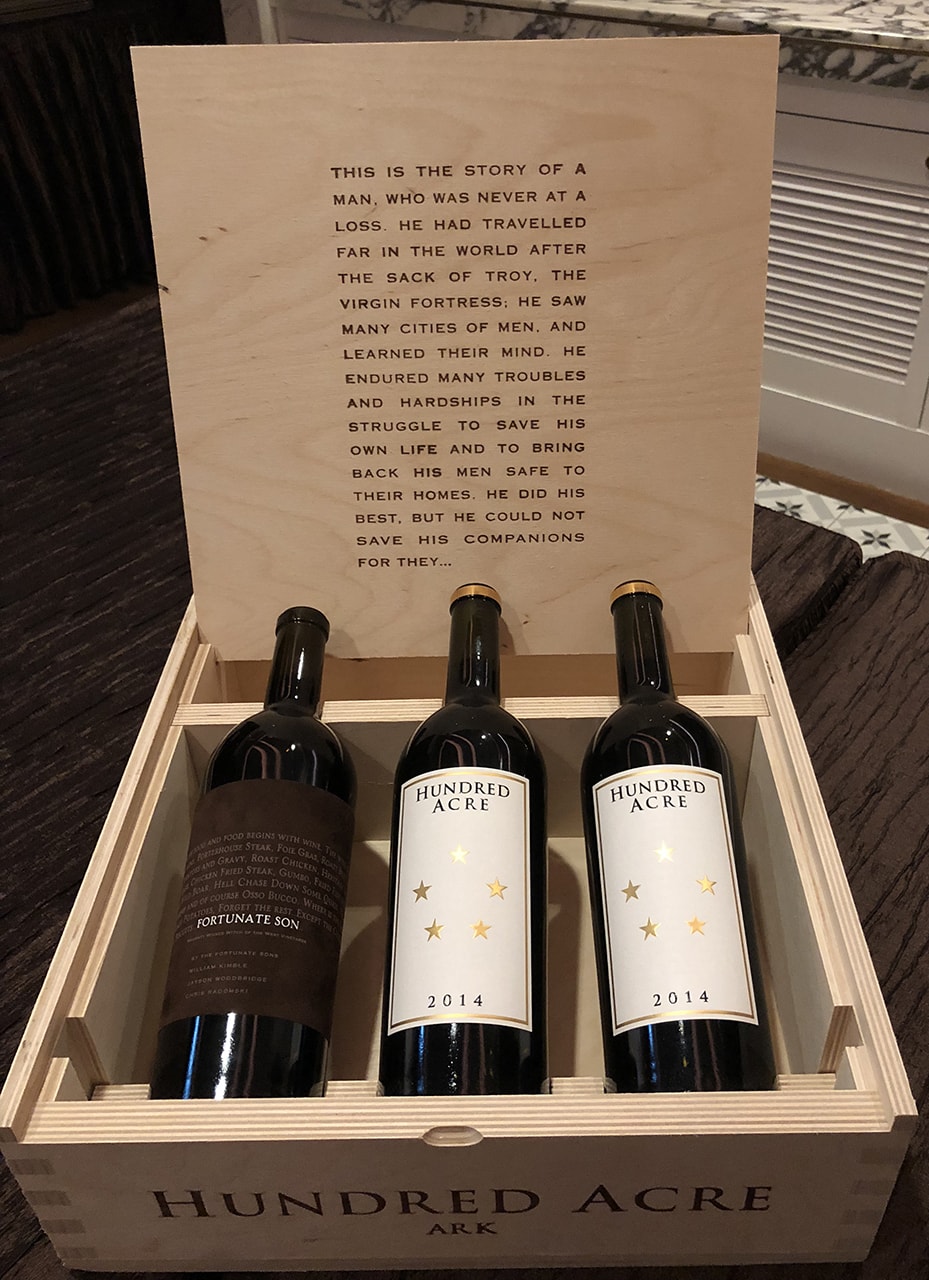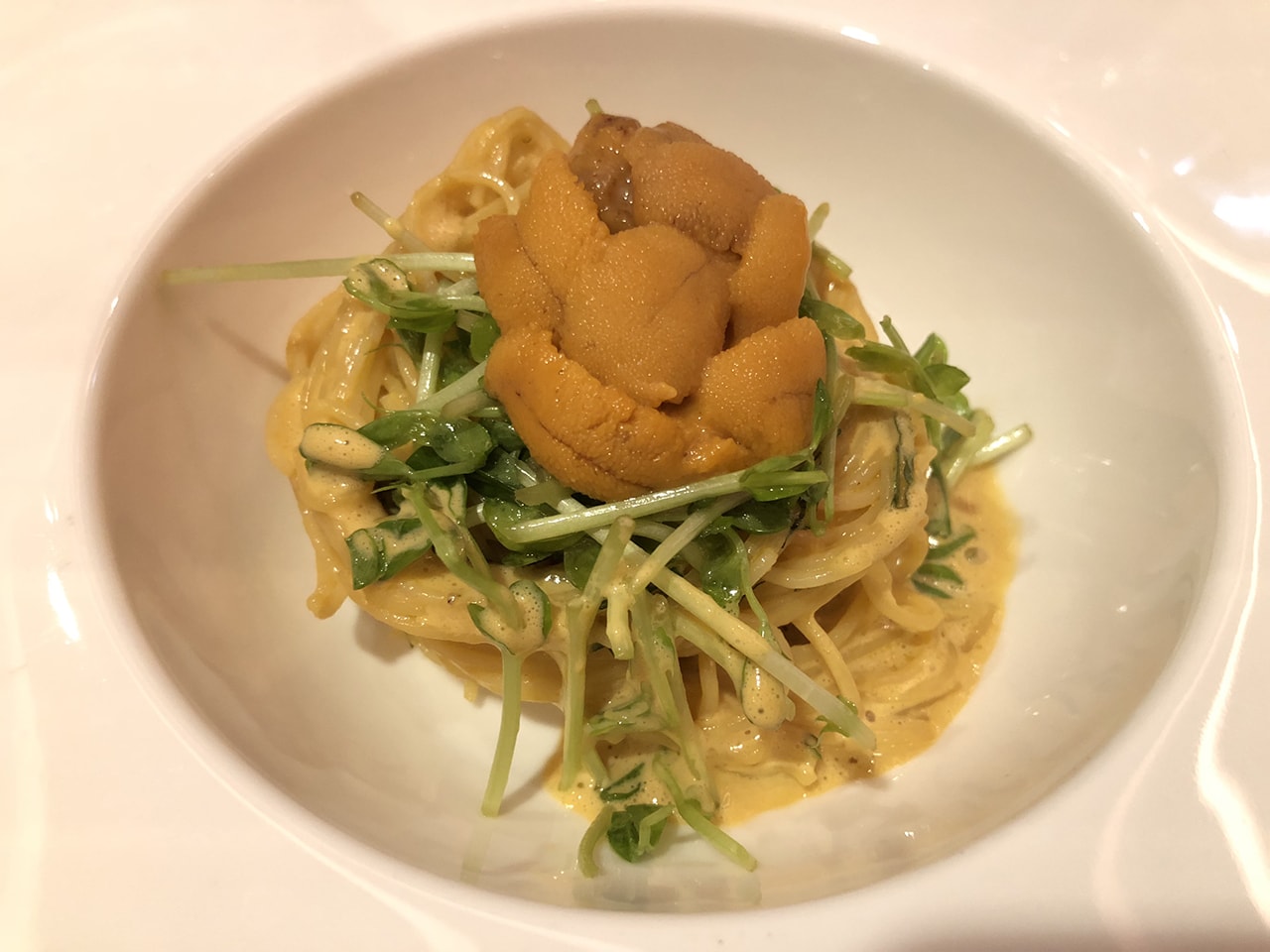An American Wine Convert
Never quite developed a taste for American wines in the 20 years living in the United States, I estimate that 99% of my wines back then were from Europe. Overwhelming, alcoholic, excessively oaky - all these vocabularies and stereotypes pop up when most drinkers think of American wines. And yet, prices for super premium American wines are exuberant. Screaming Eagle, for example, sells at around US$2500 for a new release, and US$7000 for older vintages. Their 1992? A whopping US$500,000. And on top of that, the wait to get on the mailing list of some of these wineries (such as Bryant Winery) can be almost a decade long. Who, other than the most patriotic Americans perhaps, would be willing to splurge on these American wines, when you can get a classic First Growth Bordeaux with the same (or even lower) amount? And why?
My adventure with American wines took a twist when I relocated back to Hong Kong 4 years ago. Somewhat “homesick”, I started to wonder if I had missed out some great stuff all along, so I initiated my American wines exploration. With some hits and misses, I was pleased to discover some pretty decent treasure. It was not difficult to catch fine Pinot Noirs, such as those from the Hirsch Vineyards, on the Sonoma Coast. Organic producers, like Cathy Corison in Napa, often offers really graceful Cabernet Sauvignons. Even in the Finger Lakes in upstate New York, a few graduates of Cornell University’s Viticulture and Enology Program were making delicate and delightful Rieslings.
And my biggest find? Chateau Montelena’s Zinfandel in Calistoga. Labeled as “hot and cloying” by many, Zinfandel had a complete makeover at this winery. It was refined, harmonious, vibrant, and had such fruit clarity. I would argue it was far more promising than most of its counterparts (Primitivo) in Italy. As my mini-collection started to build up, I was fairly satisfied with the diversity of American wines in my cellar. None of them were the single-dimensional, over-powerful alcohol as I once assumed.
My question on the quality of American wines has faded. But what about the price of those super premium wines? As I gained confidence on my understanding of American wines, I believed it was time for me to dig deeper (into my pockets!) and pay for the more expensive options. Recently, I had the pleasure of attending an exclusive wine dinner of The Hundred Acre Vineyard from the Napa Valley. This iconic, mailing-list only winery lists their wines at US$400-500 a bottle. What sets them apart is their confidence in daring ideas and innovations. At the dinner, Landon Patterson, Vice President of Sales of The Hundred Acre, proudly explained how an extensive 5-panel air system at their site yields a sterile-like environment, allowing their wines to go unfiltered but still remain crystalline clear and refreshing. He also indicated that their meticulous level of grape selection is almost equivalent to picking by the berry. But do all these fancy concepts translate to exceptional wines? Towards the end of the dinner, every guest at our table was in awe.
We simply could not believe a 100% Cabernet Sauvignon that had spent more than 3 years in 100% new French oak would pair perfectly with the subtle Hokkaido Sea Urchin Angel Hair. The phenomenal 2014 Hundred Acre Ark Vineyard Cabernet Sauvignon was the ultimate expression of the exhilaration, elegance, and sophistication of modern American wines. There was no doubt in the air about the price tags of their wines. Instead, a stack of order forms was passed to the head sommelier.
Not all American wines are great, of course. But every wine-producing countries make some mediocre wines. Yet, more than forty years after the Judgment of Paris (when some “unknown” American wines won the most iconic French wines in a prestigious blind-tasting event), the bias against American wines continues to prevail. I am lucky to finally let go of my prejudice against American wines, and hope that other wine lovers would give them a try. Today, I am happy that American wines make up 20-25% of my growing collection.
My only regret: How I wish I had got more while I was living there.
Article by: Alice WONG, DipWSET
© 2024 Vinetude - All Right Reserved

